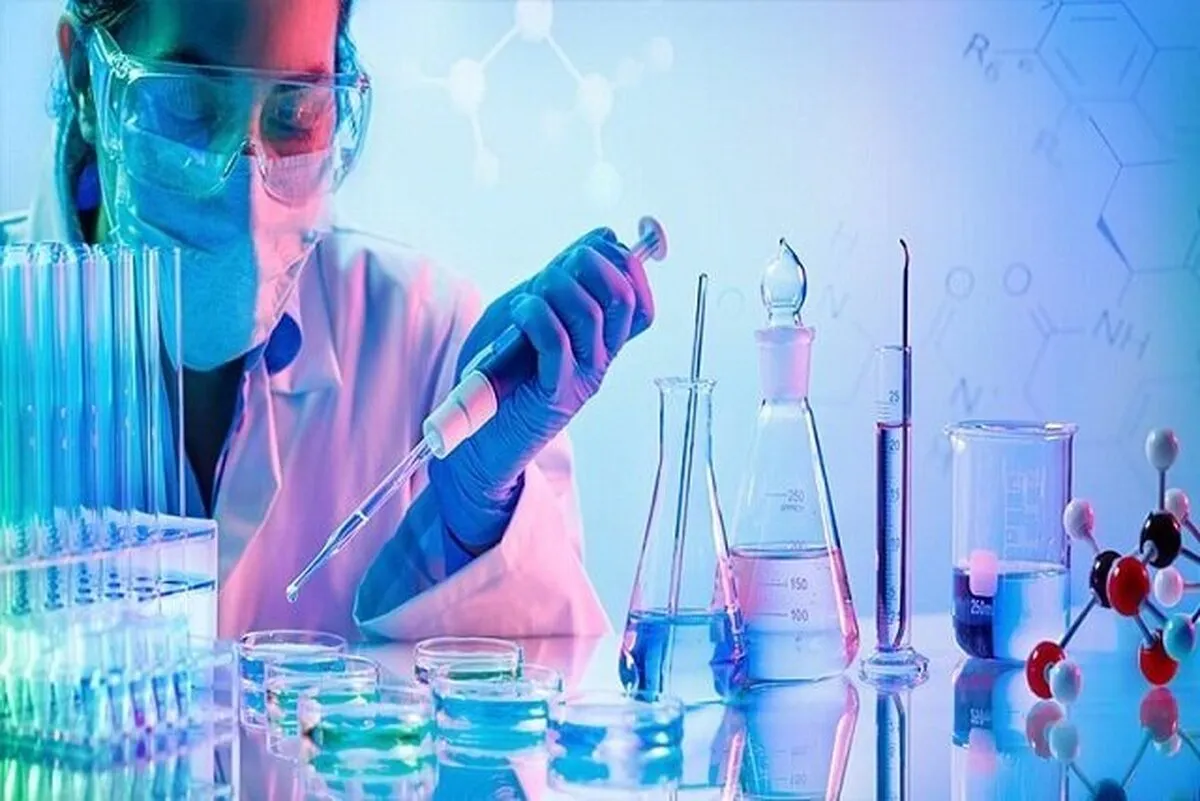Iranian Researchers Acquire Water Treatment Know-How, Green Production of Chemical Products

According to a report by the public relations department of the Iran National Science Foundation (INSF), Hediyeh Sadat Hosseini is a member of a team of Iranain researchers who have worked on a project titled "post-synthetic modification of stable metal-organic frameworks MIL and UiO and their photocatalytic application under visible light".
“The photocatalytic process is efficient and green process through which many chemical reactions occur in the Sun, which is a renewable and clean resource. This process is of great importance due to advantages such as cost-effectiveness, minimal side effects and environmental friendliness,” she said.
“So far, four main applications of green photocatalysis have been considered and used in order to convert solar energy to destroy water pollutants, water splitting, CO2 conversion and synthesis of organic compounds,” the researcher added.
“Separation and charge transfer created by light radiation greatly affects the photocatalytic performance of photocatalysts; but one of the important applications of photocatalysts is the destruction of water pollutants in order to obtain healthy and high quality water,” Hosseini added.
“According to the current consumption trend, it is expected that by 2025, the global demand for water will increase for activities that need more water, such as agriculture and energy production. Moreover, the world population is growing fast,” she further said.
The executive director of the project also pointed out that even now, according to the United Nations index, Iran is in a state of severe water crisis and is among the countries that will face physical water scarcity in 2025. Therefore, even with the highest possible efficiency in water consumption, there will not be enough water to meet the needs.
She pointed to the cause of water shortages in Iran, saying, “Successive droughts caused by low annual rainfall and a sharp increase in temperature and evaporation of surface water have caused serious damage to Iran's environment, and in the future, Iran's electricity grid will also suffer from shortages or even interruptions. Moreover, the quality of surface water in some cities has decreased due to the continuous flow of chemicals from agricultural inputs, such as pesticides, and a lot of damage has been done to the environment.”
“Accordingly, the government has been forced to exploit more underground water sources in order to meet the demands for agricultural and drinking water. Furthermore, a group of newly emerged pollutants, including pharmaceutical products, cyanotoxins, steroids, hormones, plasticizers, caffeine, detergents, and perfumes have been detected in low concentrations in water flow in recent decades, which have resulted in risks for human health and the environment. It has also created negative effects on economic activities,” the researcher continued.
"Unfortunately, all these pollutants enter the environment in different ways, such as waste disposal of industries, hospital effluents, sewage system, and waste water from treatment plants. Therefore, the efficient treatment of wastewater and contaminated water and removing the pollutants is an effective solution to prevent scarcity in water resources and the subsequent crises,” Hosseini went on to explain.
“The treatment of waste and contaminated water includes the removal of contaminators in physical, biological or chemical processes. Therefore, according to the growing need in the world and especially our country for a reliable source of clean water for domestic, industrial and agricultural use, as well as the production of primary raw materials for chemical industries, the final results of this project in acquiring the knowhow and the effective production of the efficient photocatalysts in the field of water treatment and green production of chemical products is of great importance,” the researcher continued.
“I had to refer to different universities to use their laboratory facilities for data analysis, because this equipment was not available in my university. The coronavirus epidemic also caused a one-year interruption in the process of my research, because it was not possible to go to the university. Despite all these challenges, the project was completed on time and brought good results,” Hosseini concluded.
4155/i





















